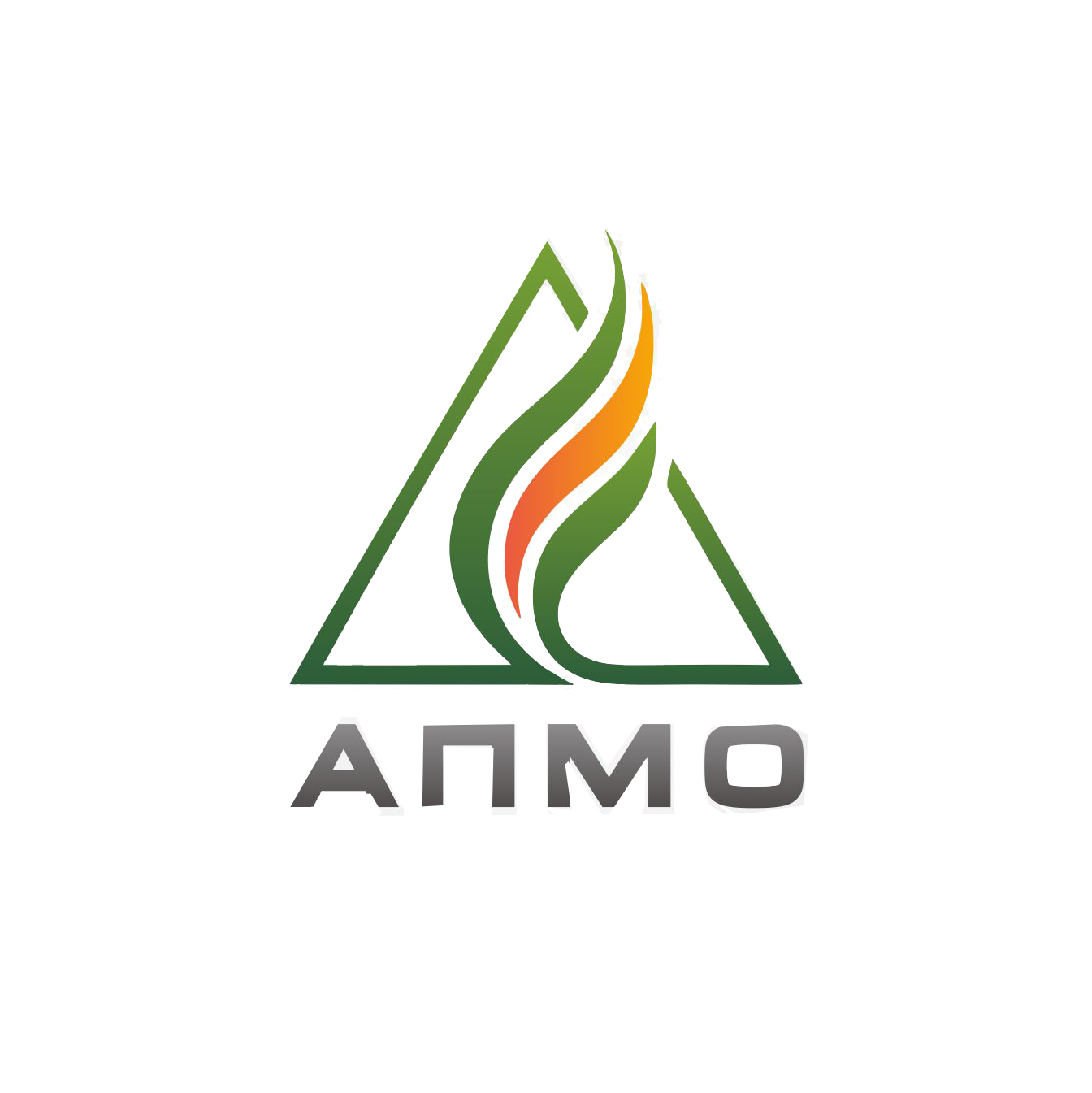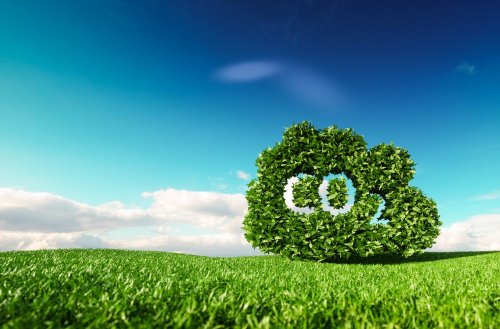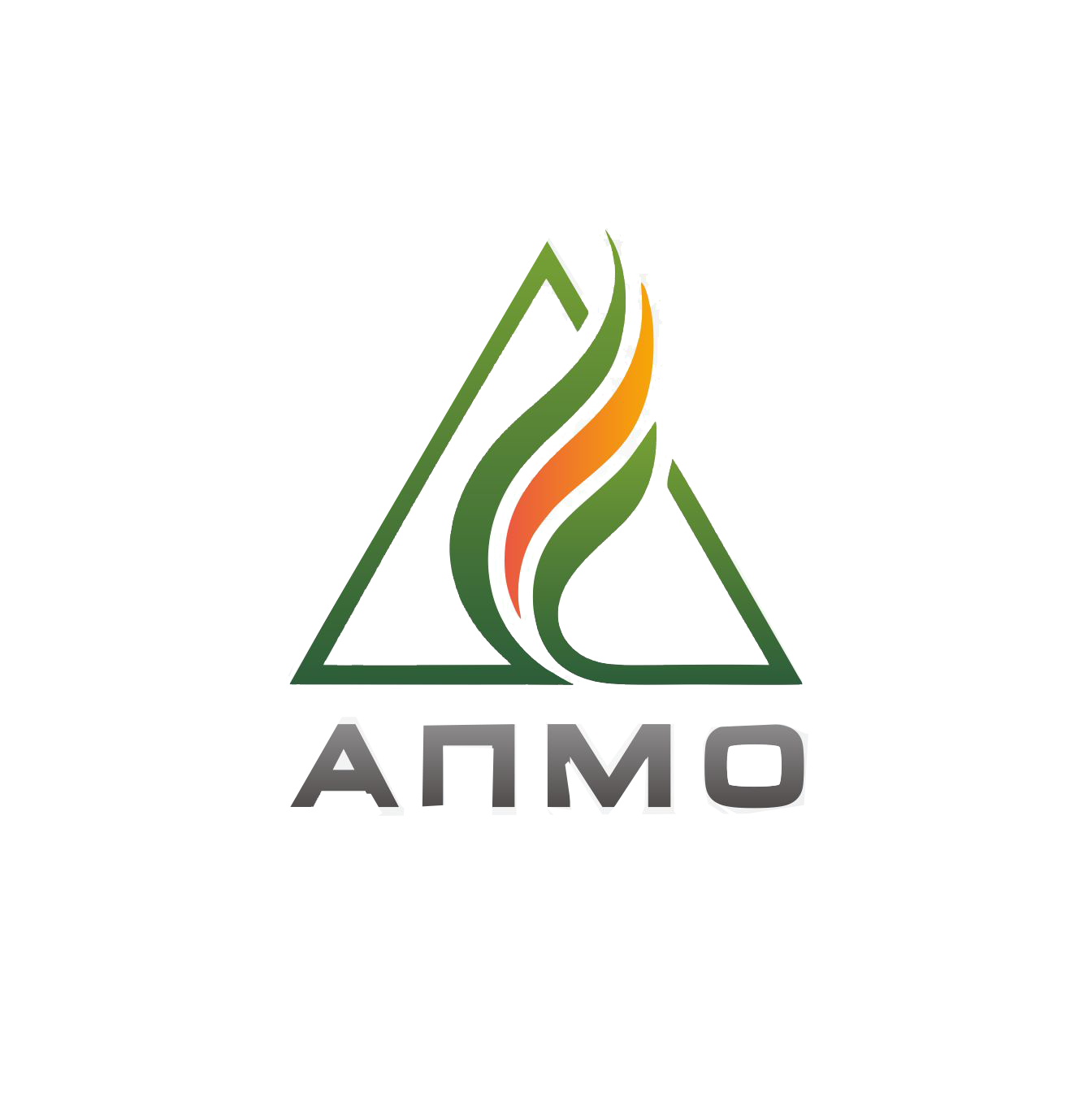ASSOCIATION OF SPECIALISTS AND ENTERPRISES ENGAGED IN THE PROCESSING OF OIL & FAT WASTE

The food industry is one of the main and steadily developing areas in the economy of any nation, because each of the 8 billion people needs a constant source of energy to function. But the extraction of food, as our ancestors understood it, is far in the past, having been replaced by a more modern form - a trip to the store, and not everyone can grow their own food, although more and more people think about it year after year.
That is why food production is burdened with the enormous challenge of processing large quantities of plant and animal products. In the course of complex and multi-stage technological processes a lot of waste is naturally generated. And if most of it is disposed of long ago and without any special problems or finds a more effective use, the utilization and rational use of oil and fat waste is a real headache for the producers and processors of oilseeds, meat and milk. In terms of strength, it can only be compared with the headache of the owners of catering enterprises, where frying, in particular fruitier. Let's not forget about companies that produce non-food products, such as cosmetics or medicines, also faced with the problem of elimination of oil and fat waste from their production activities. But why are oils and fats so dangerous and why do they require much more attention and costs than if they were ordinary food waste?

That is why food production is burdened with the enormous challenge of processing large quantities of plant and animal products. In the complicated and multi-stage technological processes a lot of waste is naturally generated. And if most of it is disposed of long before and without any special problems or finds a more effective application, the utilization and rational use of oil and fat waste is a real headache for the producers and processors of oilseeds, meat and milk. In terms of strength, it can only be compared with the headache of the owners of catering enterprises, where frying, in particular fruitier Let's not forget about the enterprises that produce non-food products, such as cosmetics or medicines, which also face the problem of elimination of oil and fat waste from their production activities.
back
© 2021 ASSOCIATION OF SPECIALISTS AND ENTERPRISES ENGAGED IN THE PROCESSING OF OIL & FAT WASTE
Web Dev webrom.ru
+7 495 768 38 28
Personal data processing policy (Russian)
Terms of use (Russian)
Regulations (Russian):


